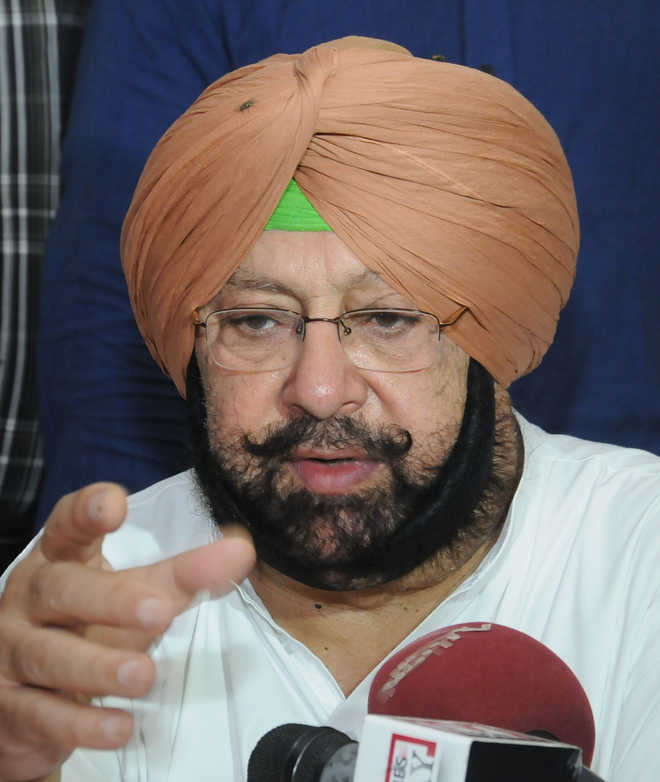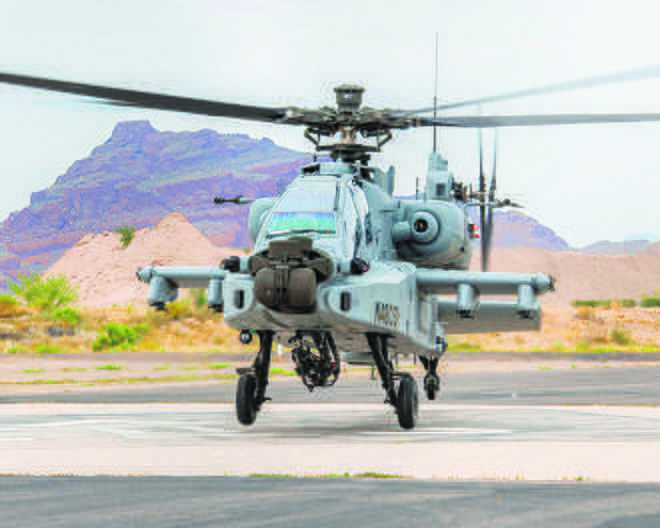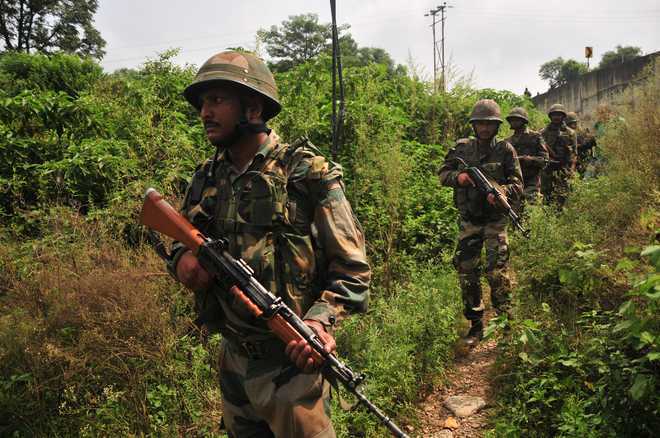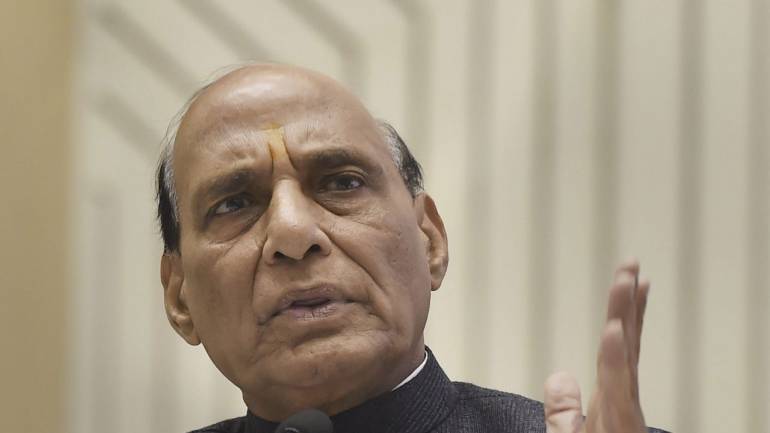Many of the cutting-edge platforms that we now operate are the outcome of lessons learnt 20 years ago
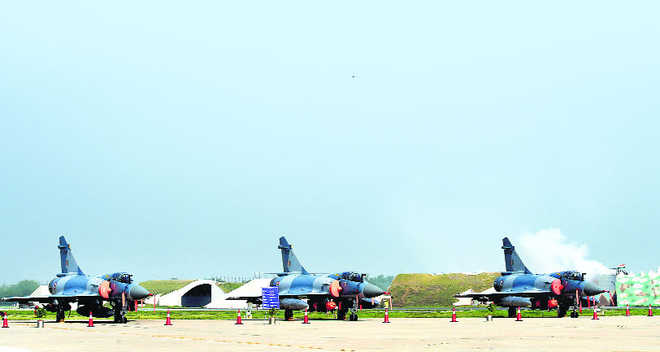
Ajay Banerjee in New Delhi
It was in the summer of 1999 that the Indian Air Force (IAF) was called into battle during the Kargil conflict with Pakistan. The outcome changed the thinking of strategic planners in New Delhi and added heft to the IAF war machinery to kickstart a new ‘era’. Many of the new cutting-edge platforms the IAF now operates are the outcome of lessons learnt 20 years ago.
The ‘Kargil War’ (May-July 1999) was fought at altitudes in excess of 15,000 feet in the Himalayas. The IAF was tasked to bomb the Pakistani army-occupied locations between 15,000 feet and 18,000 feet. No country, no air force and no fighter jet had been used to drop armament at such altitudes. “It was unique. It meant pilots were flying at 30,000 feet to hit at targets that were some 12,000 feet away. The rarefied air changes the dynamics and trajectory of the bomb,” said a senior IAF officer who, as a young pilot, was part of the strikes on Tiger Hill, a 16,000-feet high massif.
A restrictive mandate was to not cross the Line of Control (LoC) — the de facto 749-km boundary between India and Pakistan. Enemy troops had occupied winter-vacated posts all along a 168-km Himalayan ridgeline that forms the Drass-Kargil-Batalik-Turtuk axis of the LoC. Conditions are tough, rugged, tree-less, desolate, undulating and punishingly cold.
How Kargil was fought
Between the 1971 Indo-Pak war and Kargil, an interim of 28 years, technology had progressed while geo-strategic alignments were being reworked after the fall of the Soviet Union in 1991-92. India was facing sanctions from the US in the aftermath of the May 1998 Nuclear tests and terrorists like Osama Bin Laden were still not on the hit list of the US. Satellite imagery was just making its debut in India.
Besides the several technological handicaps, India lacked precision weapons. The existing 1,000-pound ‘dumb bombs’ were hurriedly retro-fitted with a ‘kit’ within 12 days. India had purchased the ‘Paveway’ bomb from the US; the first tranche had come in 1997, but the imposition of sanctions following the Nuclear tests had left the integration incomplete. In stepped the Israelis to fit the kit, hence making the first precision bomb drop for the IAF.
IAF Chief Air Chief Marshall BS Dhanoa, speaking at an event at Gwalior on June 24, described the air strikes at Tiger Hill and Muntho Dhalo as “turning points of the Kargil War; it helped ground forces in their advance.”
In the middle of May that year, the Chief of IAF Air Chief Marshall AY Tipnis flew into Srinagar and asked two young pilots if the attacks could be carried out. The answer was: “It can be done.”
By May 25, a MiG 21 fighter squadron (consisting some 16-18 planes), commanded by then Wing Commander Dhanoa, had been re-located from Bathinda to Srinagar. This was augmented with another MiG 27 squadron. Two Mirage 2000 squadrons were forward located from Gwalior to Ambala and Adampur. On May 27, the IAF lost two fighter jets, both hit by shoulder-fired US-made Stinger missiles. One pilot, Squadron leader Ajay Ahuja, lost his life.
On May 28, four IAF personnel lost their lives as a Mi-17 copter was hit. These were our last losses. The IAF went on to carry out 578 strikes, 462 combat air patrols and 149 reconnaissance sorties during the Kargil conflict.
One of the toughest parts was accurate photo imagery. The Mirage used to have a film-based camera that needed to be flown back to the base for the black & white film to be watched over by a group of pilots. Today, the images and videos are beamed live in high definition. At one stage, the iconic MiG 25 — the Soviet-era super high speed plane with the ability to fly at 70,000 feet — was pressed into service over Mushkoh valley, west of Dras to take pictures as it could fly well out of range of Pak fighter jets and ground-fired missiles.
The big changes since
The Ministry of Defence (MoD) and the strategic community ‘woke up’ to new realities. Air Vice Marshal Manmohan Bahadur (retd), who is now the Additional Director General of the Centre for Air Power Studies, says, “The very first need was to have a helicopter that can fire armament at those altitudes.” The Light Combat Helicopter (LCH) made by Hindustan Aeronauctics Limited had the latest Shakti engine (jointly produced by Turbomeca and HAL). One of the key parameters was its ability to fly high (up to 21,500 feet) and launch missiles at that kind of altitude, he says.
Twenty years after Kargil, we have top-class precision weapons. The Mirage 2000 pilots dropped precision-guided armament from 80 km away to strike Jaish-e-Mohd terror training camp at Balakot in Khyber Pakhtunkhwa on February 26. In these years, India has also developed its own beyond visual range (BVR) missile, the Aastra, made by Defence Research and Development Organisation (DRDO). The IAF also uses a European-origin BVR missile and one that is Russian-origin.
A series of mountain radars dot the Himalayas, providing real time update of the incoming threats. India has acquired air-borne early-warning aircrafts that were effectively used during the four-week combat air patrol launched after the Pulwama terror attack on February 14 and the subsequent air strike on Balakot.
In these 20 years, the IAF has become a fully networked force — its planes send live feeds and videos, satellite, UAVs and radars track live targets. The upcoming S-400 missile from Russia will further change the paradigm.
A flight controller sitting at a monitoring node at Barnala, Punjab, was coordinating the air duel over Nowshera on February 27 and the entire air space and was being fed a live feed from air-borne radars and UAVs.
The fighter fleet has a new jet, the twin-engine Sukhoi 30 MKI, a powerful air dominance fighter; 250 of them are serving right now. The fleet of MiG 29 and Mirage 2000 is being upgraded. The first of the Rafale is expected to be in India by September. Strategic lift planes, the C-130 J from Lockheed Martin of the US and the C-17 from the Boeing, have been added to the ageing Russian-origin AN 332 and Il 76 planes. The US planes provide huge advantage in lifting men and machines.
New heavy lift helicopters, Chinook, have been inducted at Chandigarh. These can deliver to mountain tops small body of troops who would otherwise need to climb, hence bringing pace to operations. Another few weeks and brand-new advanced attack copters, the Apache 64 E, will join the IAF.












